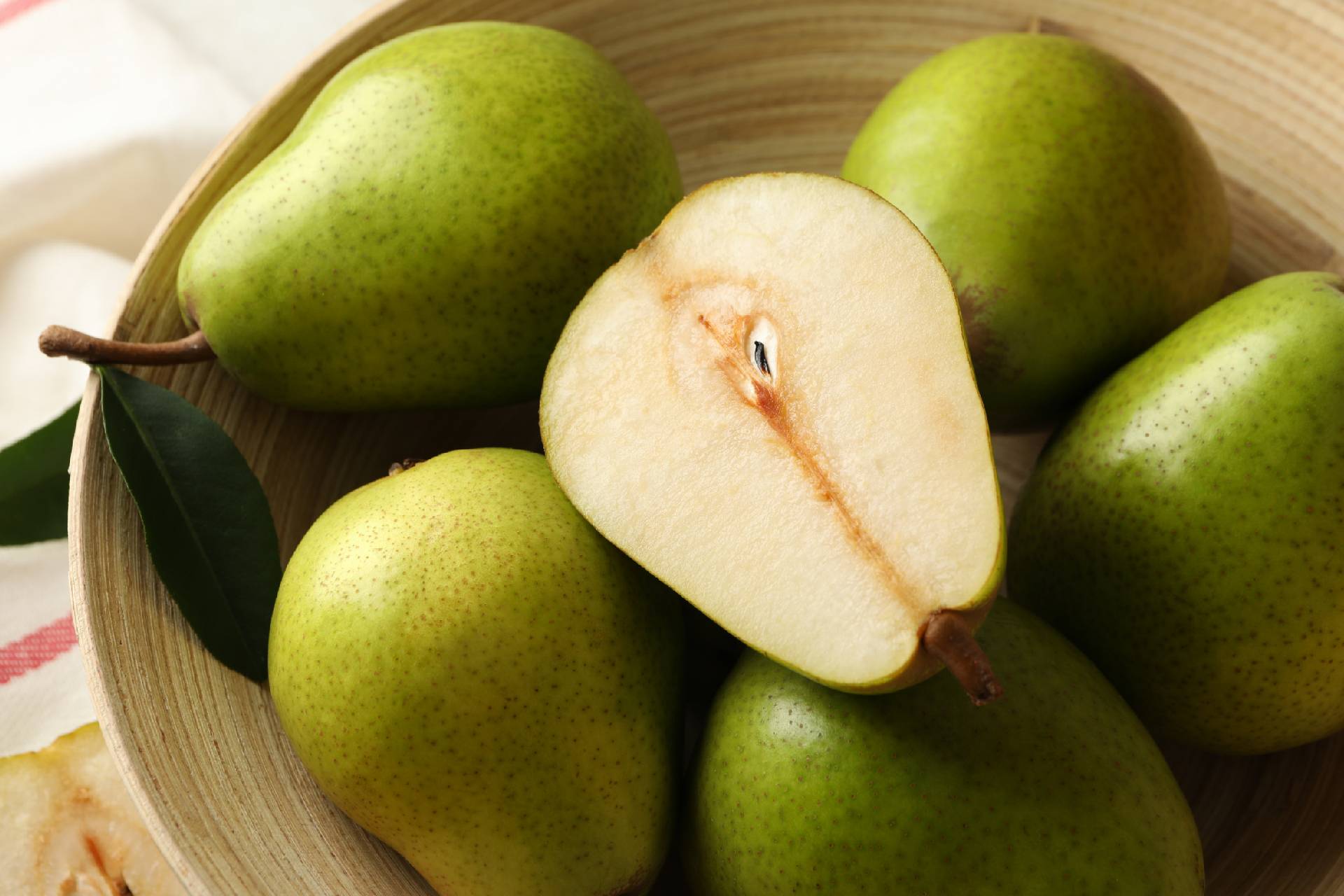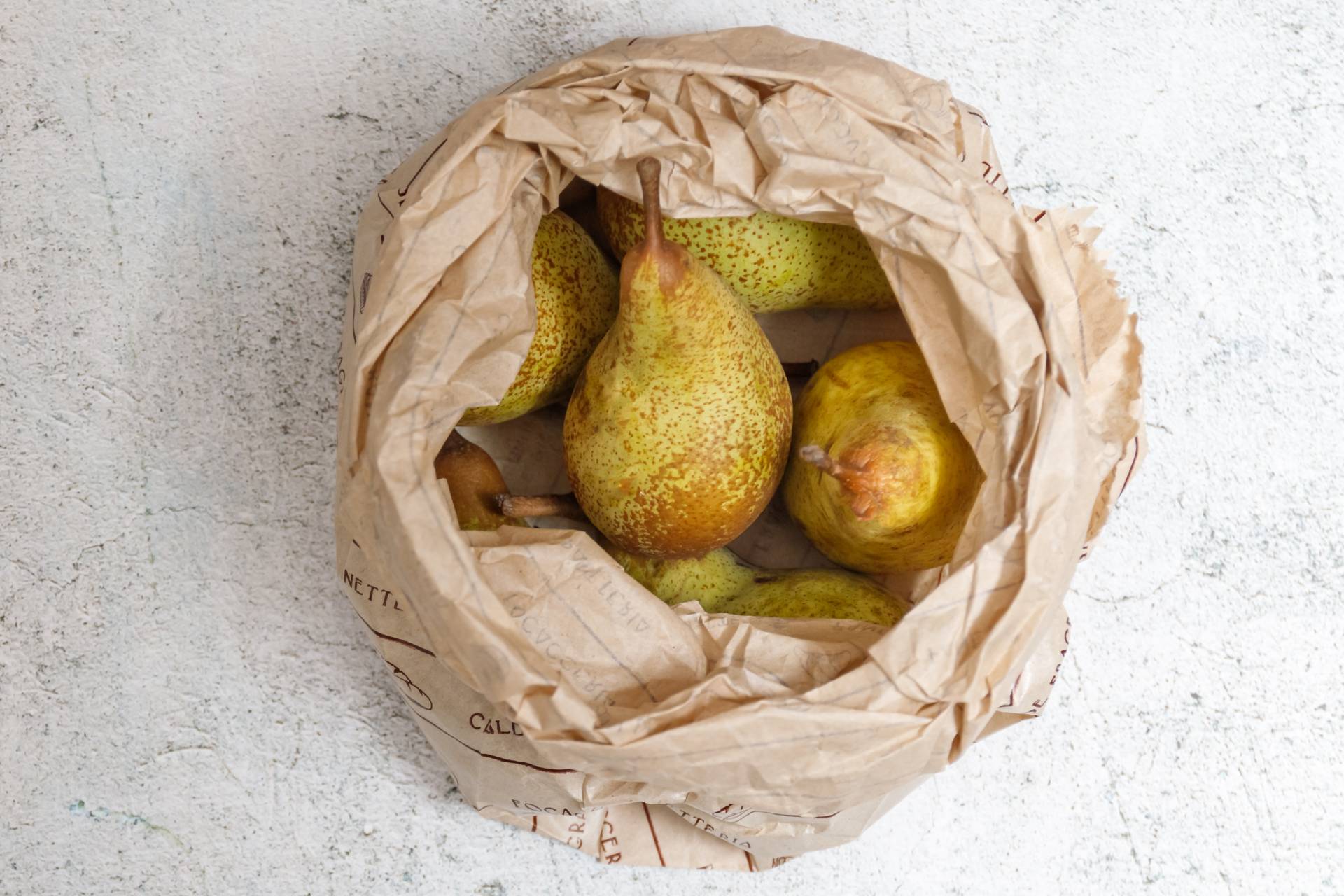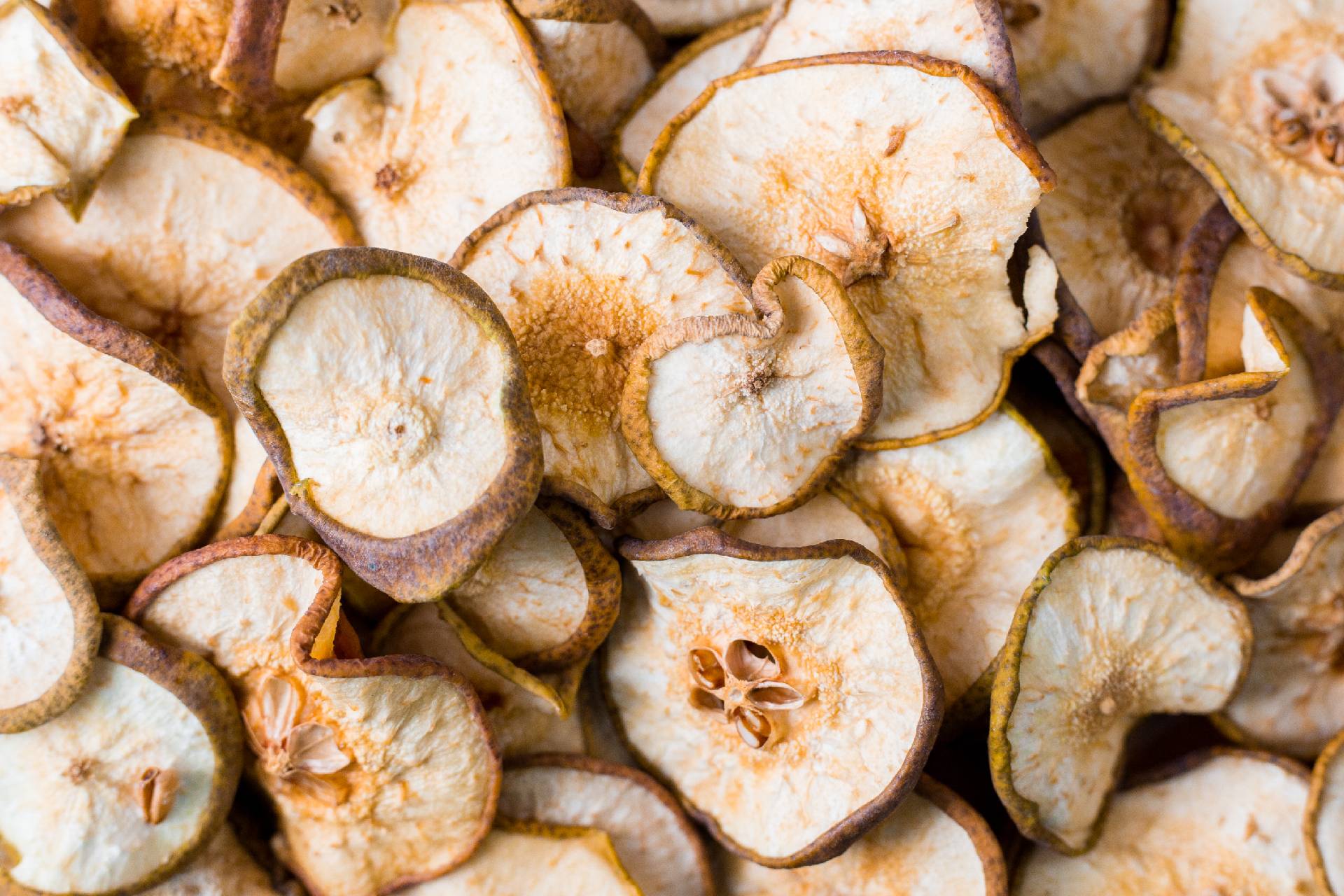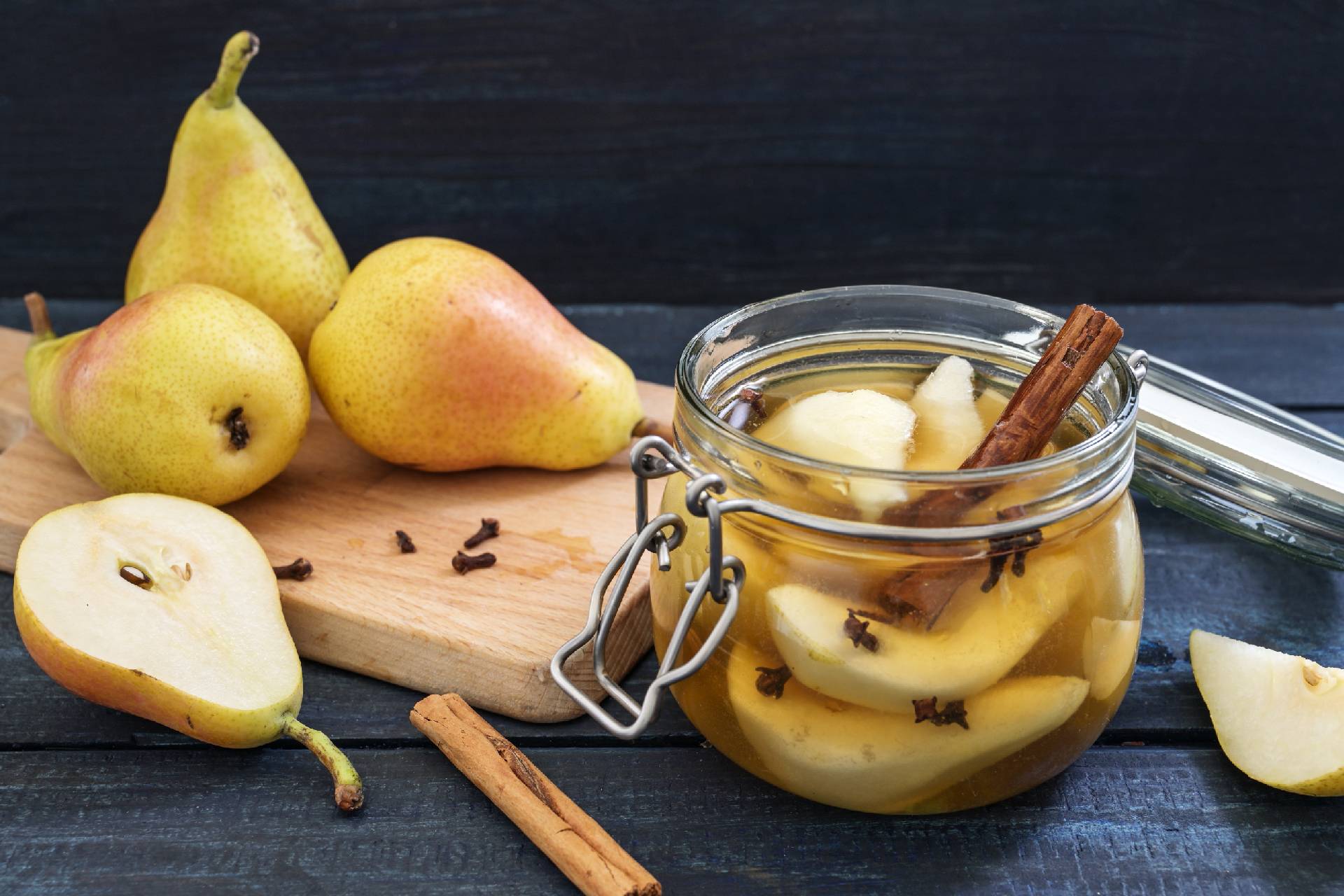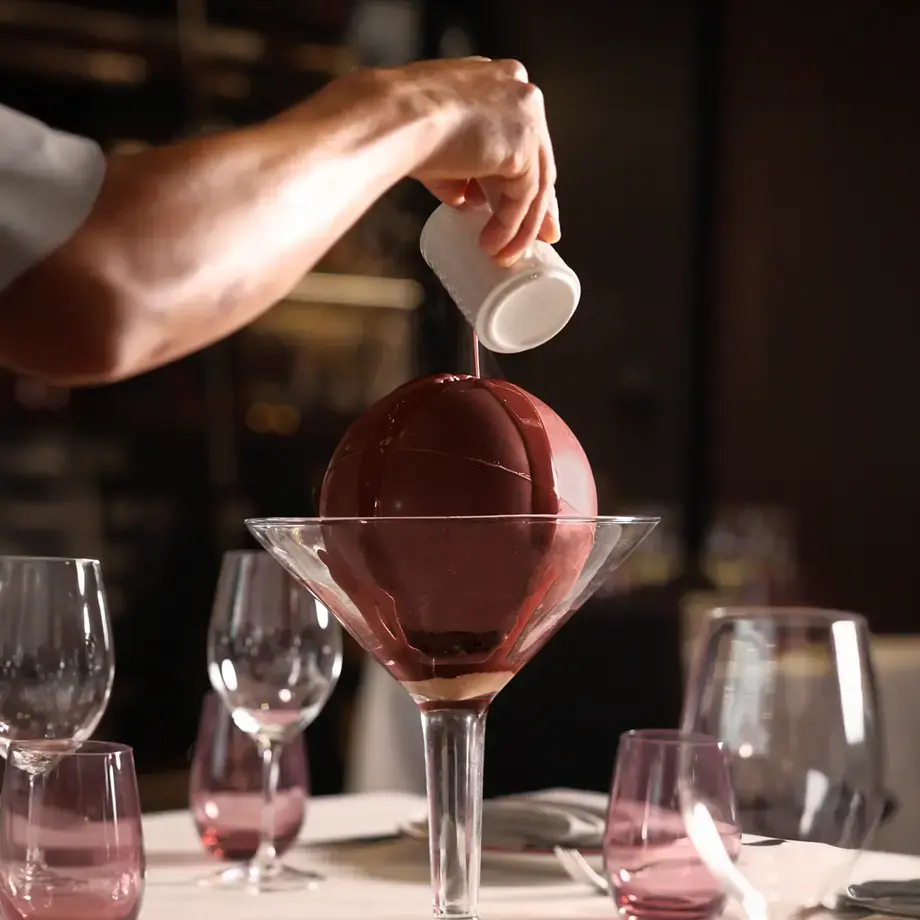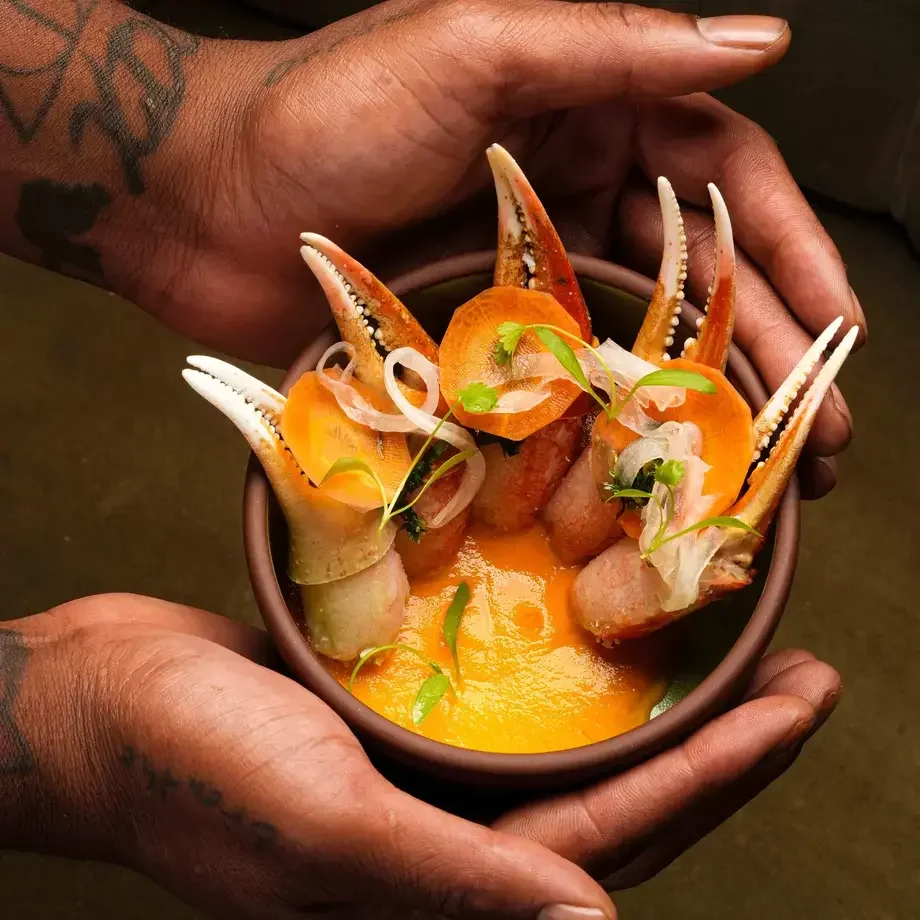Is there anything more exquisite than a perfectly ripened pear? With soft flesh bursting with juice, a sweet, mellow flavour and fruity-floral aroma, ripe rears are a joy to eat, and they’re equally at home in sweet and savoury dishes.
They’re also a powerhouse fruit and are packed with antioxidants, plant compounds and dietary fibre. Eating them as part of a balanced diet could reduce your risk of cancer, diabetes and heart disease, as well as helping you lose weight.
Unfortunately, ripe pears are notoriously difficult to find, and sometimes it can feel like every pear in the store is either too firm or has already begun to rot. It can also be pretty difficult to tell how ripe a pear is just by looking at it. Bartlett pears will helpfully change colour from green to yellow as they ripen, but for other varieties you’ll need to check by feeling the fruit.
How to check a pear for ripeness
Because pears ripen from the inside out, the best place to check for ripeness is at the neck, where the fruit joins the stem, as this is the closest accessible part to the core. Hold your thumb and forefinger to the neck of the fruit and apply the gentlest of pressures - if the flesh gives, your pear should be ready to eat.
Luckily, pears continue to ripen after they’ve been picked, so you don’t need to feel every fruit in the store in search of the holy grail of pears. Unless you want to eat your pears immediately, the easiest thing to do is to buy them when they’re still slightly firm and allow them to ripen at home.


